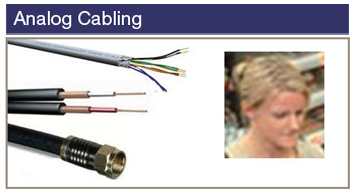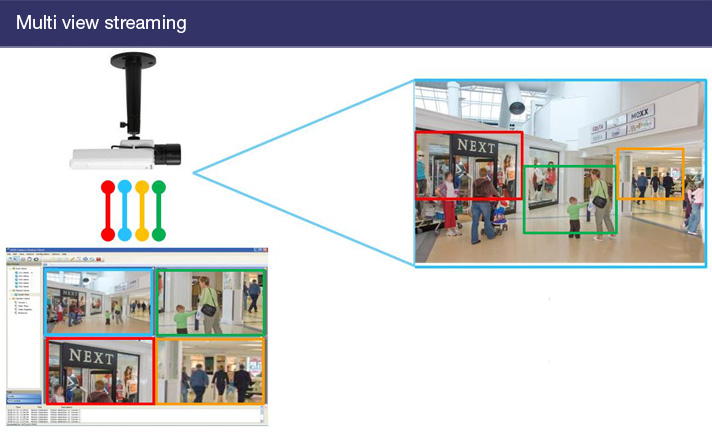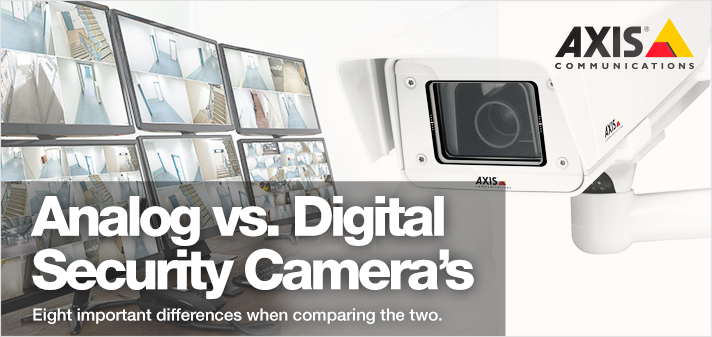
Upgrade your security with the latest network cameras! Ditch grainy analog footage for crystal-clear digital video, remote monitoring, and advanced features. This blog compares Analog vs. Digital Security Cameras.
Key Takeaways:
- Superior image quality: Network cameras boast megapixel resolution and progressive scan for sharp, detailed footage.
- Enhanced security: Secure communication protocols safeguard your data, while remote monitoring lets you keep an eye on things from anywhere.
- Versatility and scalability: Integrate audio, PTZ control, and other features to customize your security system as your needs evolve.
- Future-proof solution: Network cameras offer a reliable, cutting-edge security solution for homes and businesses alike.
Q: What are the key benefits of using network cameras over traditional analog cameras?
A: Network cameras offer a multitude of advantages, including superior image quality, enhanced security features, greater versatility, and a future-proof solution for your security needs.
1. End to Interlace Problems
.jpg)
- Each image formed from two interlace fields
- Blurriness from capturing moving objects even when connected to a DVR
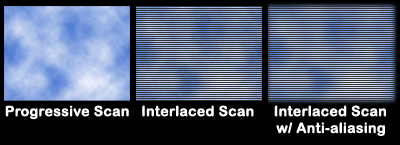
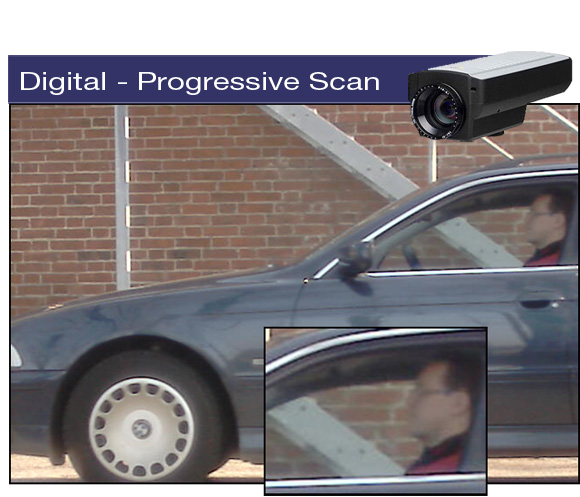
- Entire Image captured at one time
- Crystal Clear Images even with a high degree of motion in the scene
![]()
2. Ease of Installation
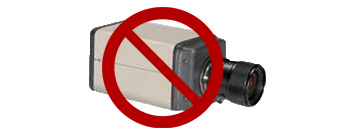
• Power Over Ethernet Not Available
• Remote Setup and Verification Not Possible
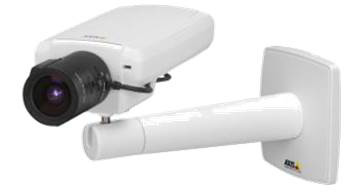
- IEEE 802.3af and IEEE 802at (PoE+) Industry Standards
- One Cable for Video Data & Power
- No Need for Power Outlet at Camera Location
- Remote Zoom & Focus
![]()
3. Megapixel Resolution & HDTV Capabilities

• Stuck with NTSC/PAL resolution
• 0.4 Megapixel at 4CIF and 0.1 at CIF
• Limited image details

- Different aspect ratios
- 1 megapixel is 3x the resolution of 4CIF, 2 megapixel is 6x!
- Exceptional image quality
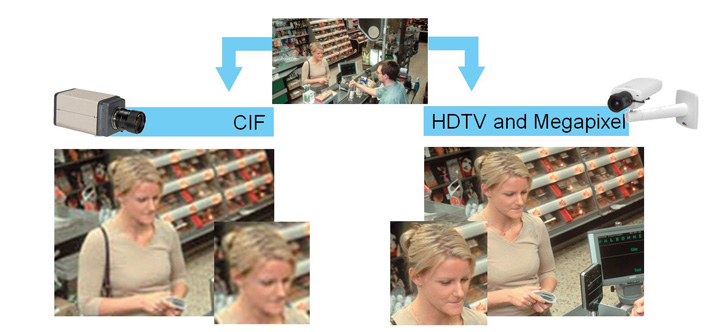
![]()
4. Intelligence at the Camera Level

• No Intelligence Available

- Intelligent Video
- Add functionality over time
- Automatic analysis, detection & alerts
- Initiates recording, alarms or other action
![]()
5. Integrated audio and PTZ control
 • Separate Cabling for PTZ Control for Video & Audio
• Separate Cabling for PTZ Control for Video & Audio
• Costly & Cumbersome
• Only Possible with Separate Audio Lines to the DVR
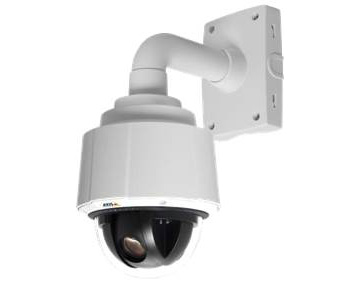
- PTZ control over the same network that transports the video
- Audio captured at the camera
- Synchronised with the video
- Can be integrated into the same video stream
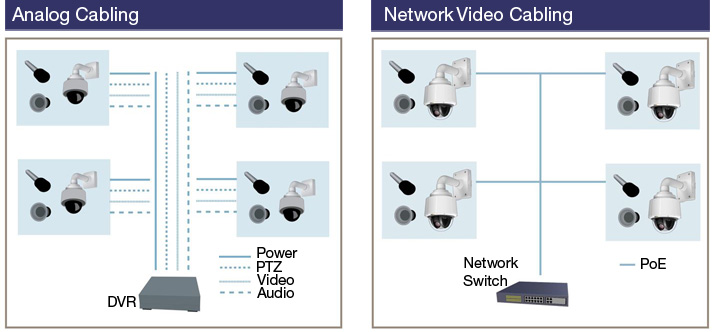
![]()
6. Secure Communication

• No Encryption
• No Authentication
• Anyone can tap into the video or replace the signal

- Video encryption
- Authentication using encrypted certificates
- Authorisation: to verify and approve the identity of the device
- Privacy
![]()
7. Open and Easy to Scale
 • Dedicated Cables with Specialised Function: Coax,Fibre & Wireless
• Dedicated Cables with Specialised Function: Coax,Fibre & Wireless
• Adding Power, I/O & Audio Further Complicates this Situation
• Not Possible to Upgrade & Add More Functionality

- IP standard, interoperable;
Fixed and wireless - System scalability
- ONE cable for video data,
- audio, PTZ control and power
- A single network wire = hundreds of simultaneous full frame rate video streams
• Dedicated Cables with Specialised Function
• One Cable only for One Video Stream
• Cable Length Affects Image Quality
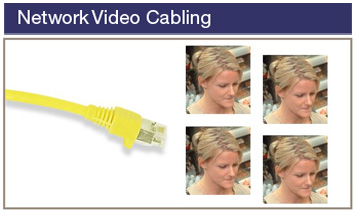
- IP standard cable with multiple functionalities
- One cable for multiple video streams
- No reduction in image quality

8. True Digital Solution

• With every conversion, image quality is lost
• Only one video stream available

- Images digitalised once
- No image degradation
- Multiple and simultaneous video streams
![]()

